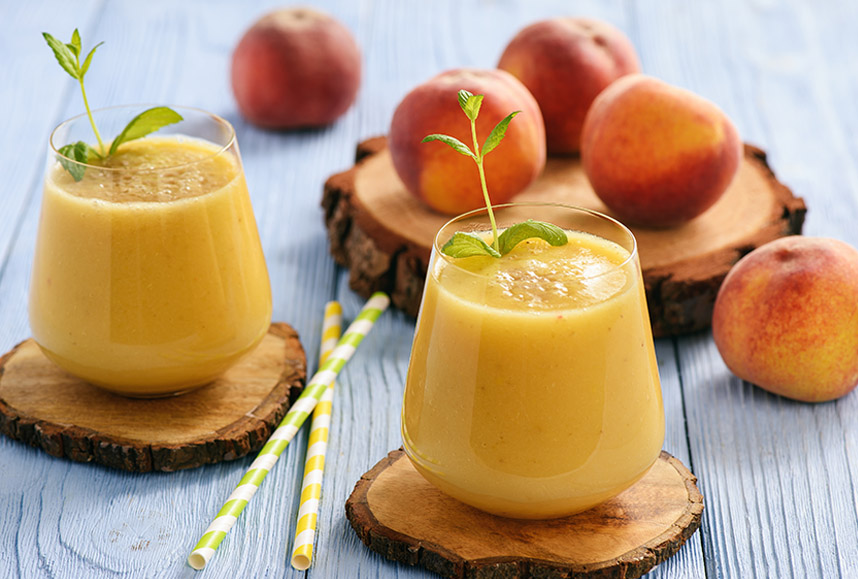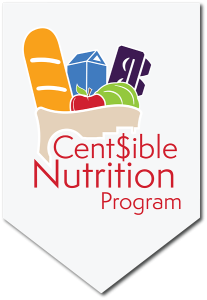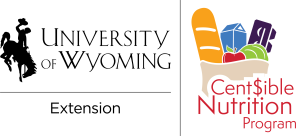Cent$ible Nutrition News • September 2021 • Volume 24 | Number 12
You may have heard that beverages like almond, oat, and soymilk are healthier than dairy milk. Often, it seems that these dairy alternatives are promoted as the nutritious choice, but what is the truth? Is dairy milk healthier or are dairy alternatives, like soy, almond, and oat milk better for you? Let’s take a look.
MyPlate recommends consuming 3 cups of dairy products daily for everyone over the age of 9. One cup of dairy is 1 cup of milk, 1 cup of yogurt, or 1½ ounces of hard cheese. Dairy products contain essential nutrients, such as calcium and vitamin D, which are important for maintaining strong bones and teeth. Additionally, dairy provides fat, protein, vitamin A, vitamin B-12, and potassium, with are important for growth and development.
Many milk alternatives like almond, coconut, and oat milk are fortified with calcium and vitamin D to provide these essential nutrients. However, they are often missing many of the other nutrients provided by dairy products. A comparison of dairy milk to milk alternatives shows that:
- Almond milk is lower in calories than dairy milk, however, it does not provide protein. Compared to dairy milk, it is higher in vitamin E, but does not provide enough of the other vitamins, minerals, or fat.
- Oat milk is naturally dairy, lactose, soy and nut free. It has a bit more protein and fiber than other dairy substitutes. It has more carbohydrates and calories than other plant-based dairy alternatives. Compared to dairy milk, it is lower in fat and protein.
- Coconut milk has a creamy texture similar to dairy milk. However, it has no protein, little calcium, and is high in saturated fat. If unsweetened, it contains no carbohydrates. Even fortified, it is lower in vitamin A, vitamin B-12, and potassium than dairy.
- Fortified soymilk and yogurt have calcium, vitamin A, and vitamin D. If unsweetened, it has the same amount of protein and carbohydrates as dairy milk per serving. This makes it a good dairy alternative for people who cannot consume dairy.
When it comes to providing a more complete nutrient load, dairy milk is usually the more nutritious choice. Lactose-free dairy options are available for those who cannot tolerate lactose, the sugar in milk. Additionally, those with lactose intolerance who cannot tolerate milk may be able to consume small amounts of cheese or yogurt because these products are lower in lactose. However, for those who choose not to consume dairy products at all, fortified soymilk or yogurt is a good alternative. People who chose not to consume dairy or soymilk should consume other foods that contain calcium, such as:
- Calcium-fortified juices
- Canned fish with bones (sardines and salmon)
- Soybeans and soy products (tofu)
- Leafy greens, such as collard and turnip greens, kale, and bok choy
- Calcium-fortified cereals and breads
- Calcium-fortified milk alternatives (soy milk, almond milk, coconut milk, and others)
If you choose a dairy alternative, soymilk is the closest alternative nutritionally to dairy milk. It is lactose and cholesterol free, low in saturated fats, and high in protein. When choosing a dairy alternative, be sure to check the label for calories and added sugars, as well as to ensure it has been fortified with calcium and vitamin D. Many milk alternatives are also sweetened. Unsweetened milk alternatives tend to be a healthier choice. Keep in mind, if you do not consume dairy milk or soymilk, you may need to eat a variety of foods to get the same amount of nutrition dairy or soy alternatives provide.
Download this newsletter as a PDF.
September's Feature Recipe

Peach Smoothie
Ingredients
- 1 cup peaches, fresh, frozen, or canned
- 1 banana
- ¾ cup low-fat milk or milk alternative
- ¼ cup low-fat vanilla yogurt or dairy-free option
- ¼ cup frozen orange juice concentrate
- ¾ teaspoon vanilla
Directions
- Wash hands with warm, soapy water for 20 seconds.
- Place all ingredients in a blender and blend until smooth.
- Pour into two glasses.
Makes 2 servings

